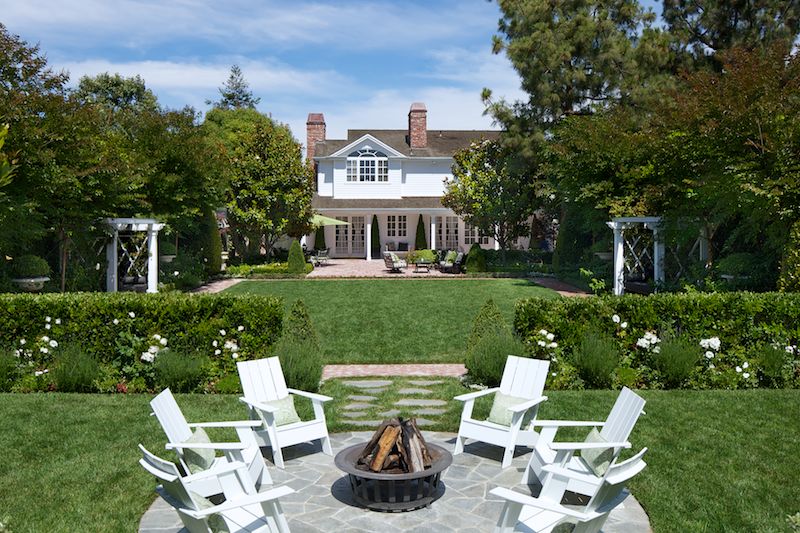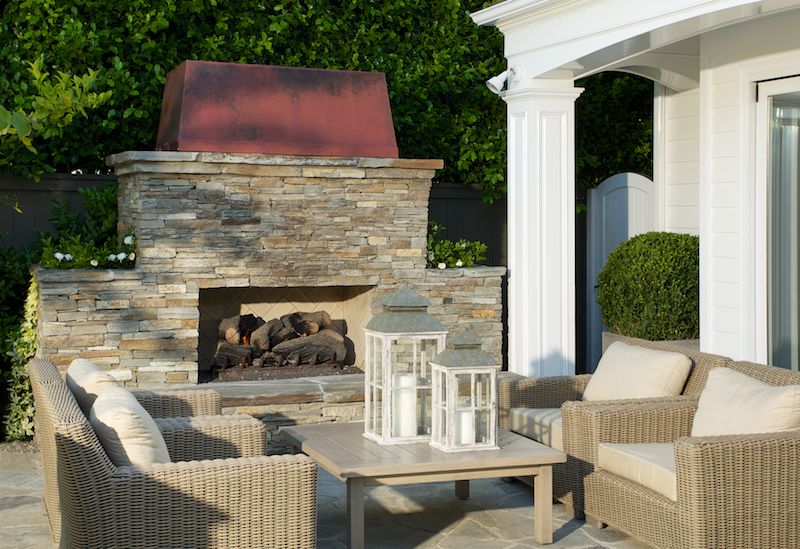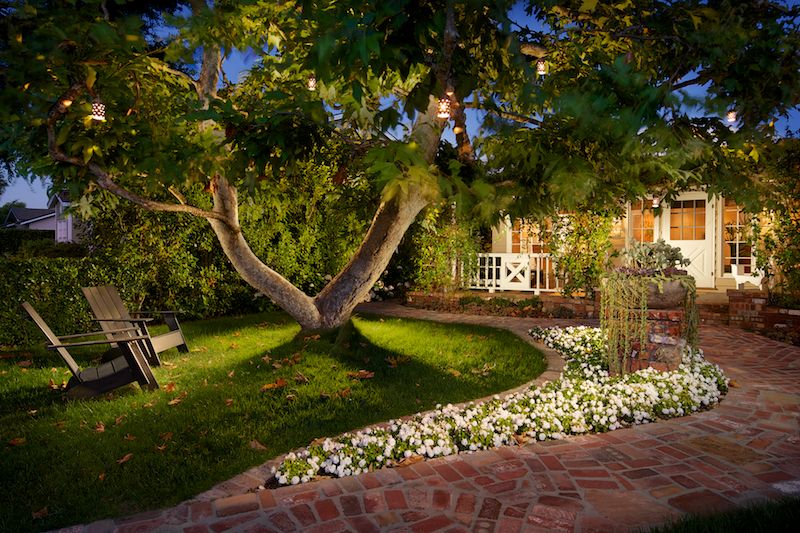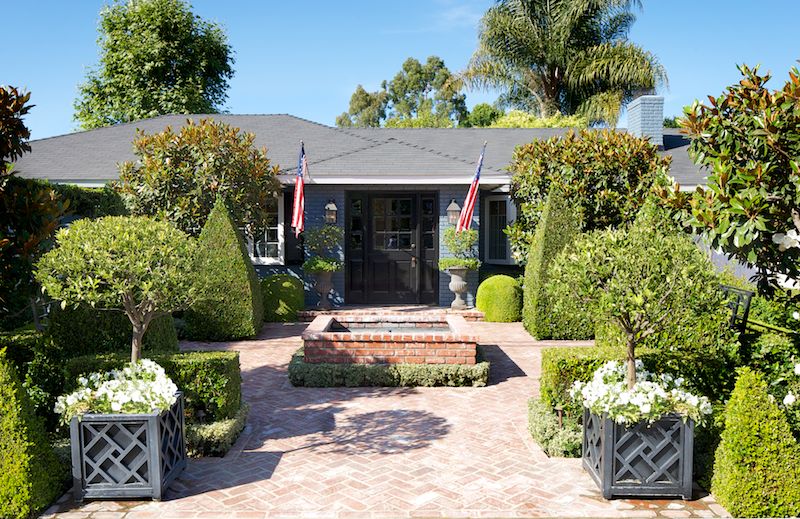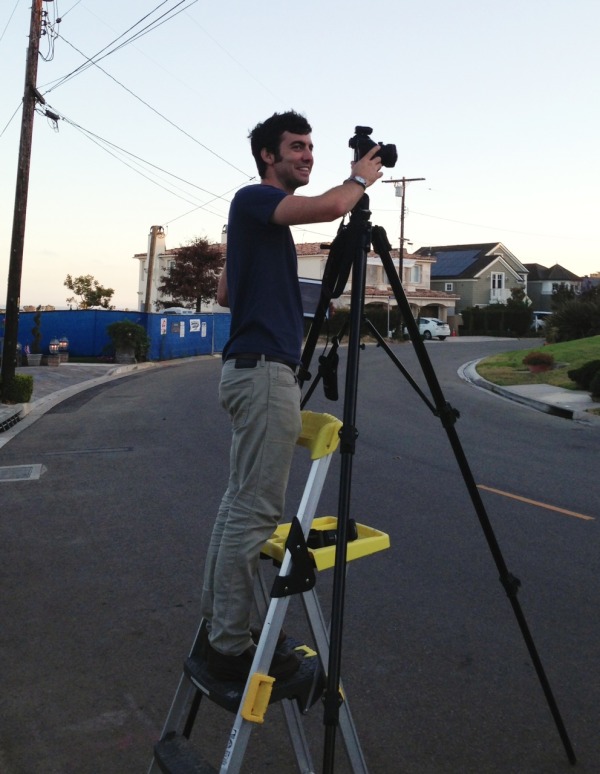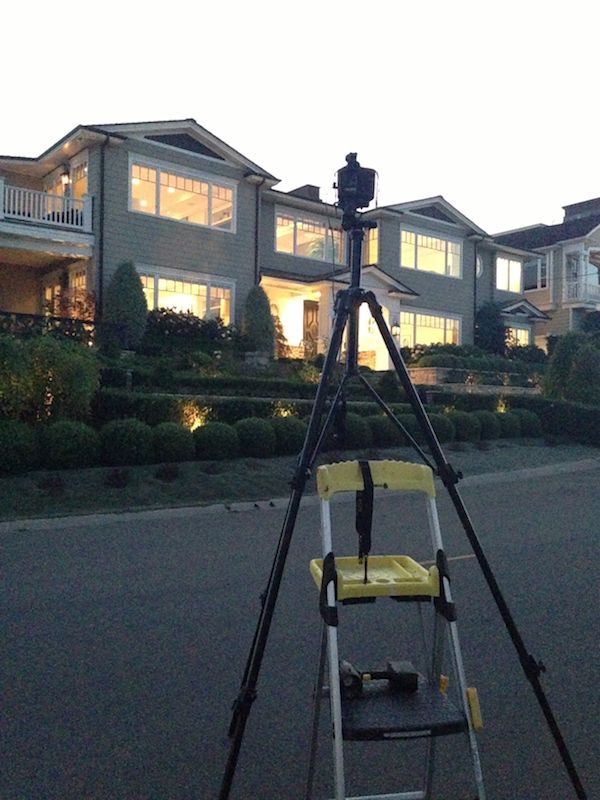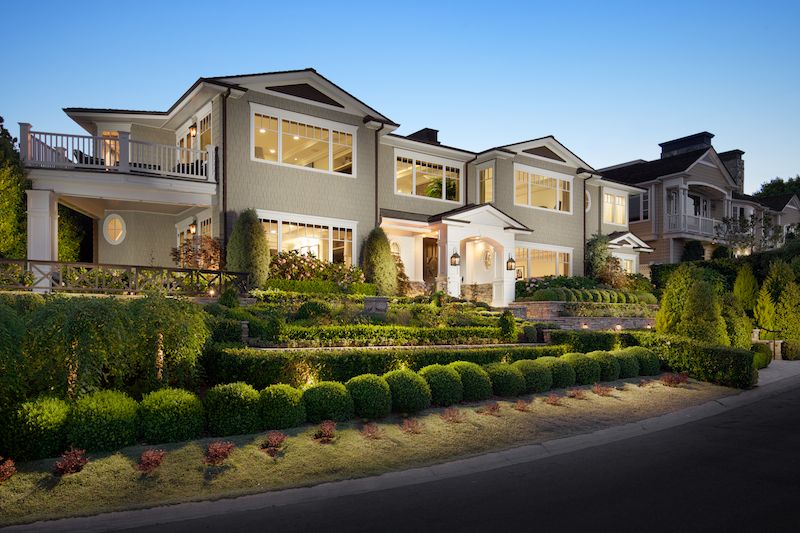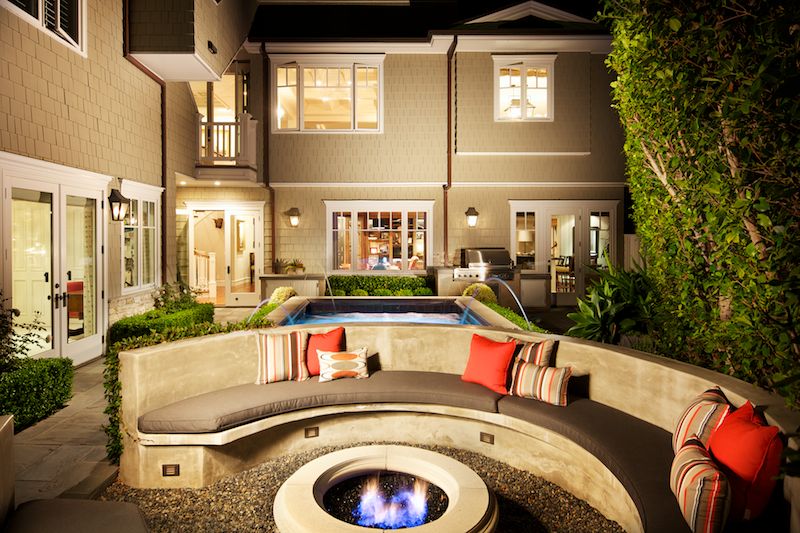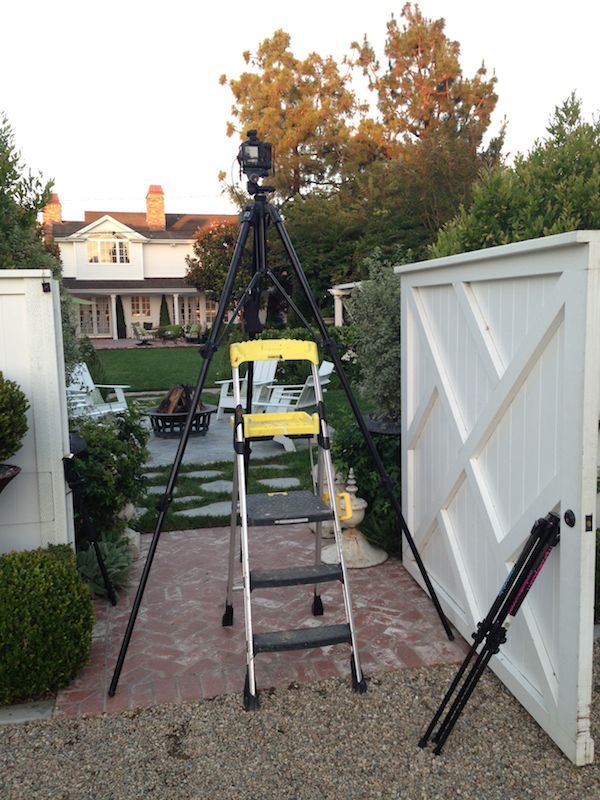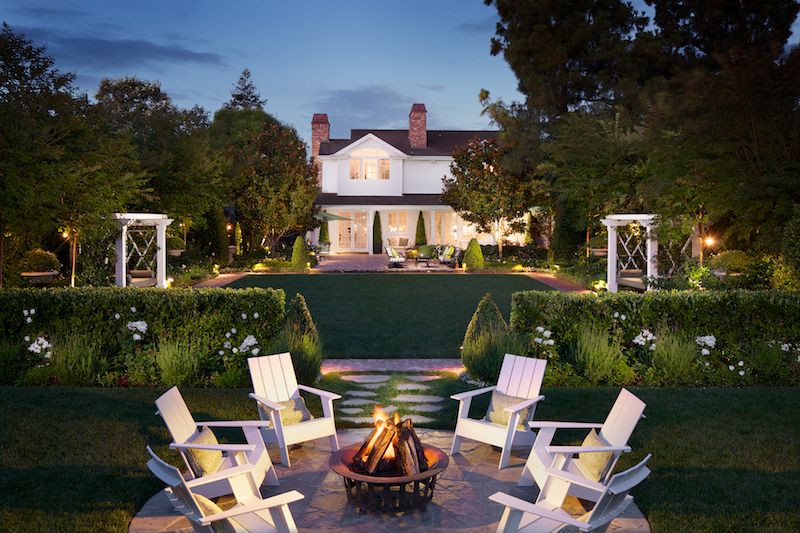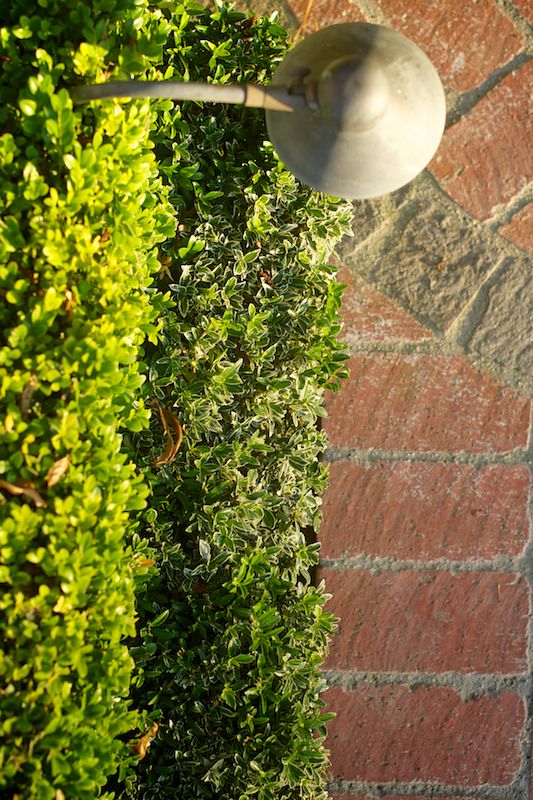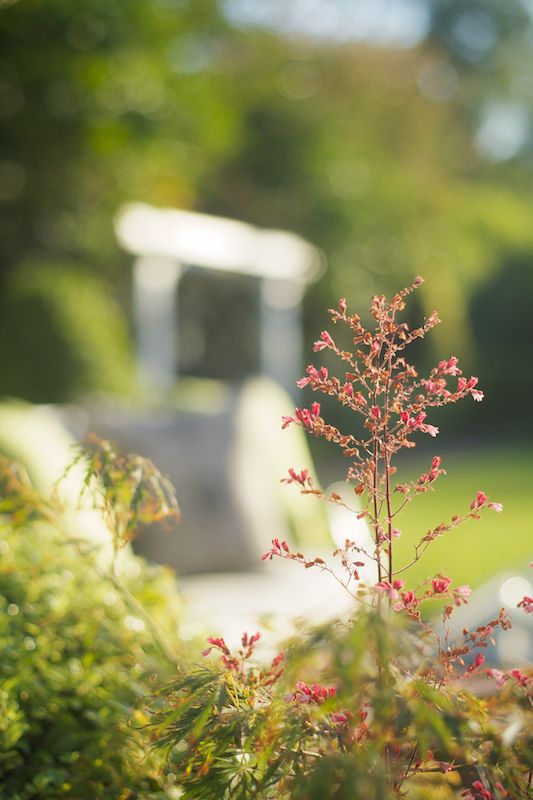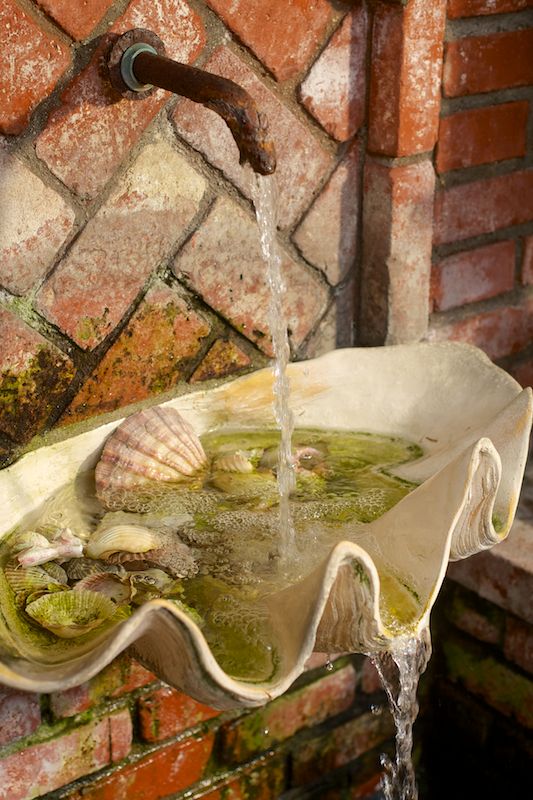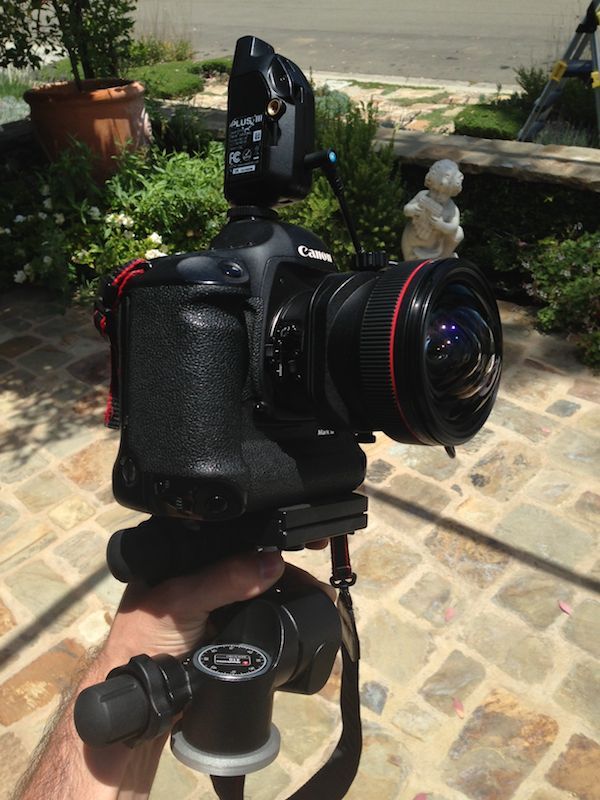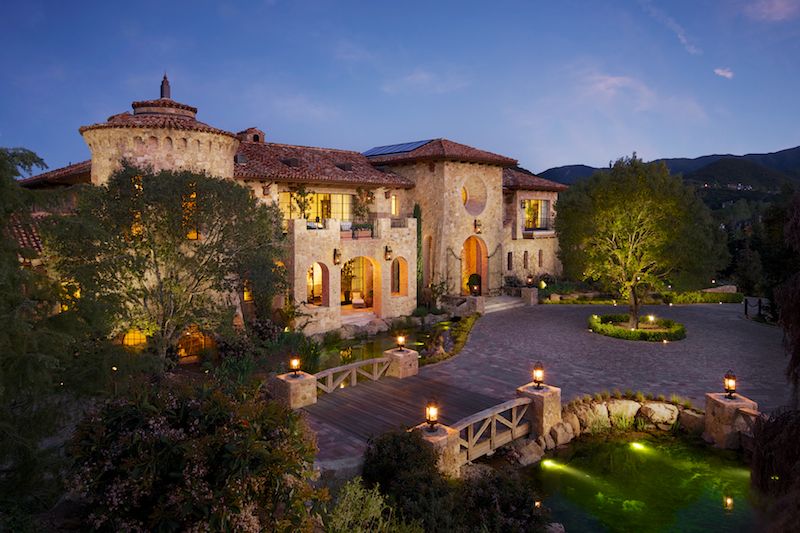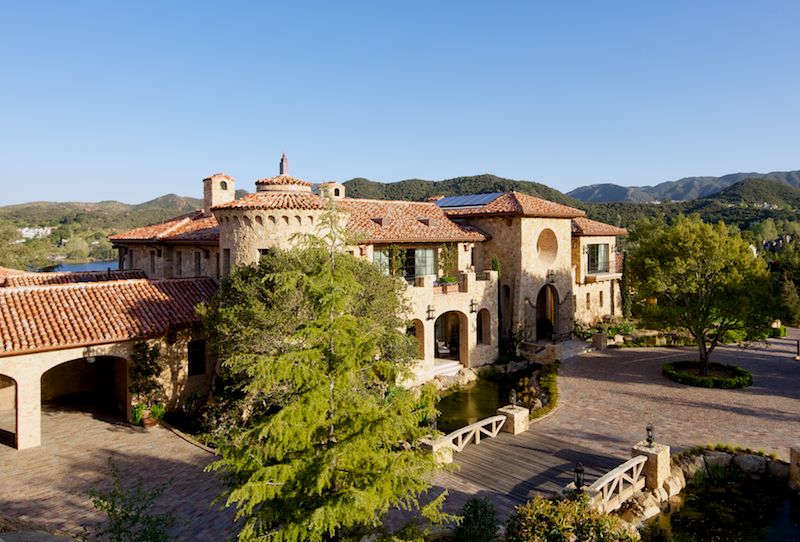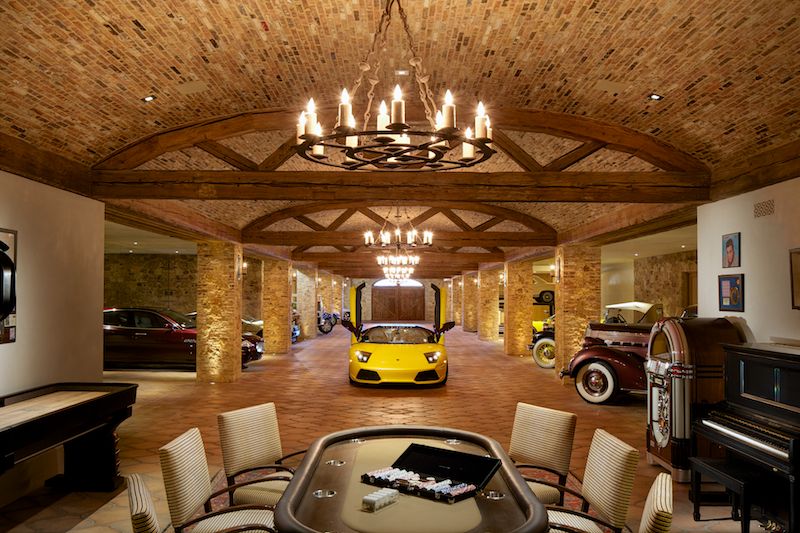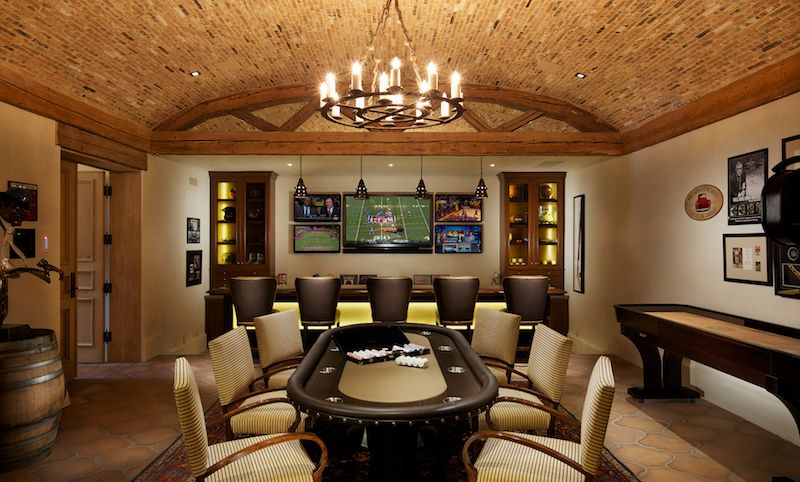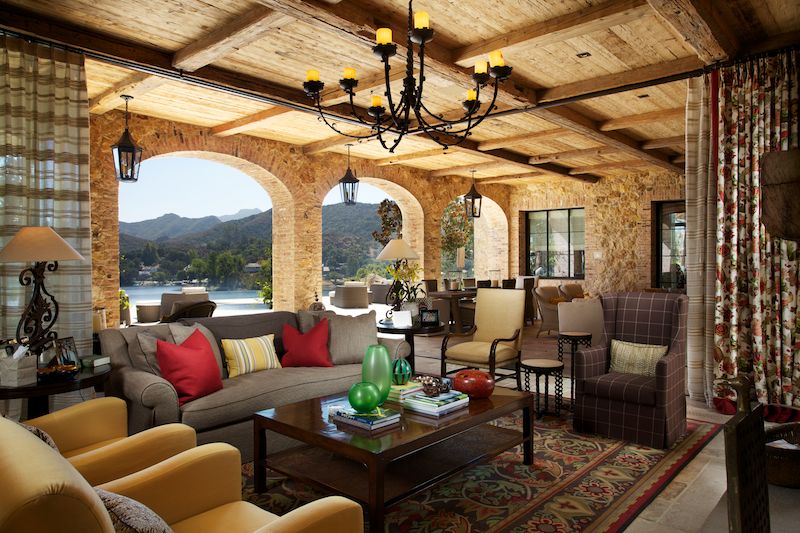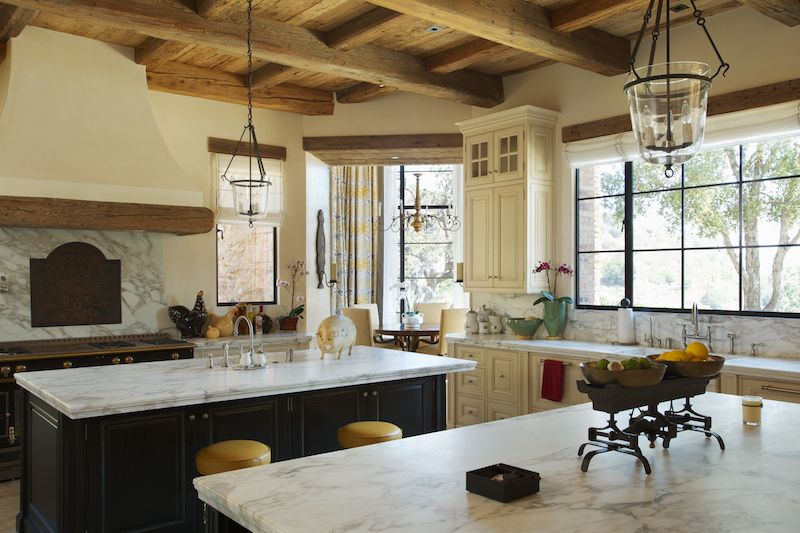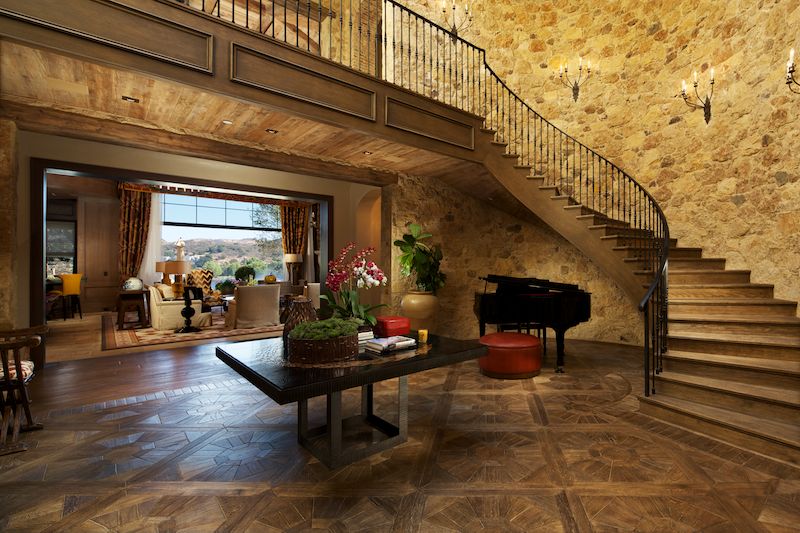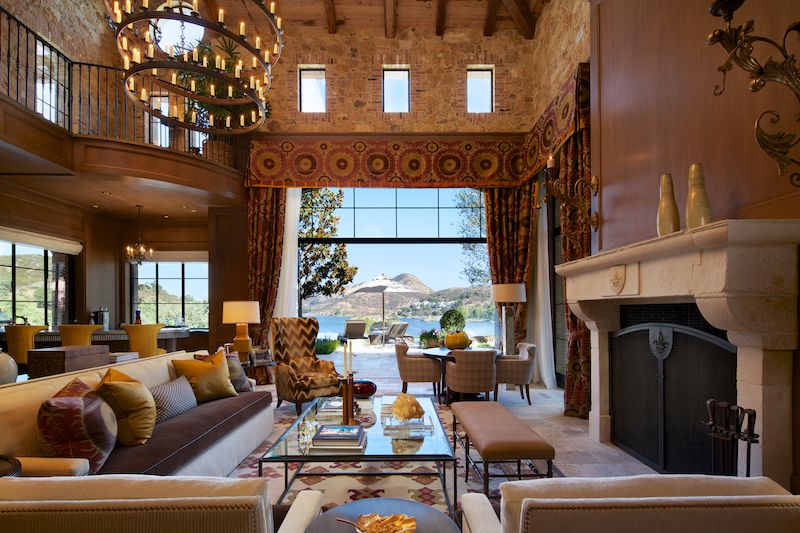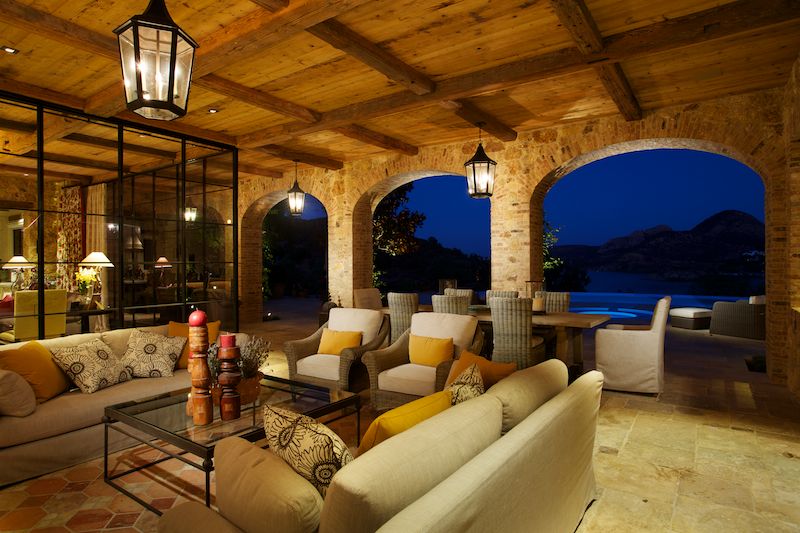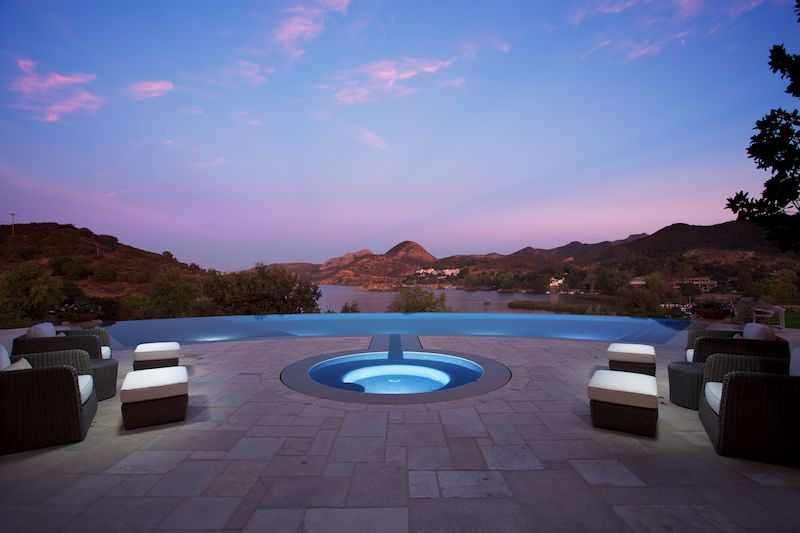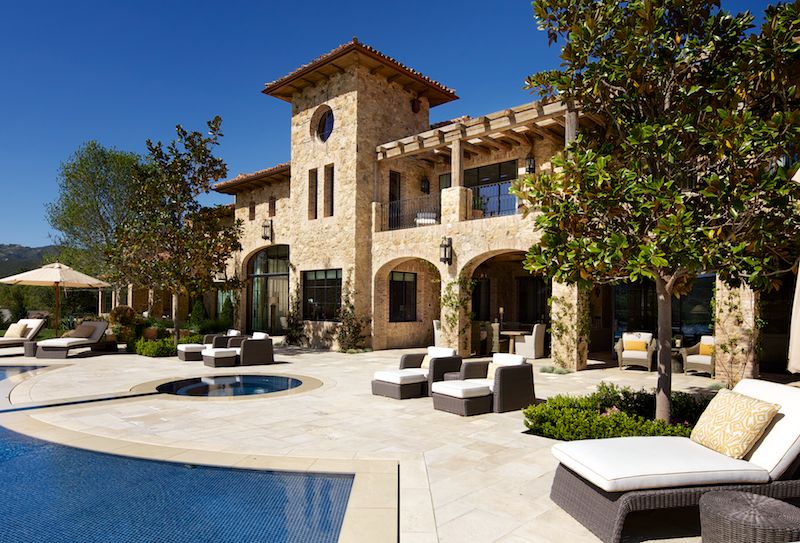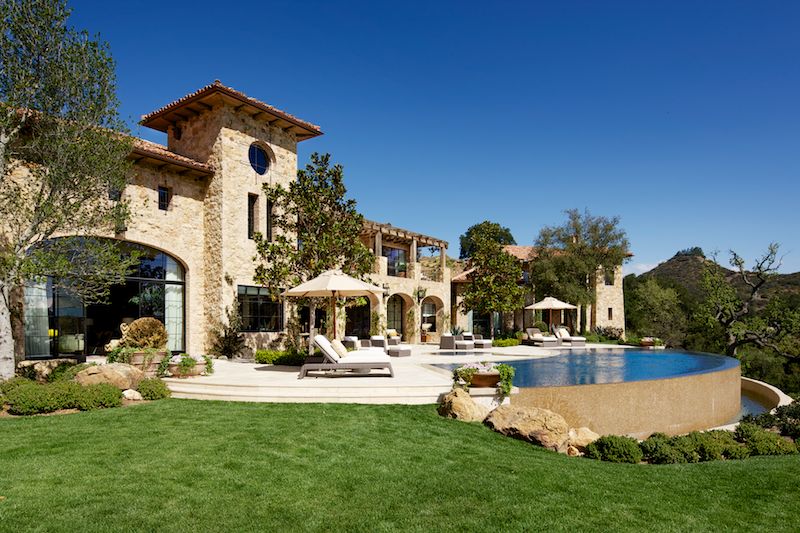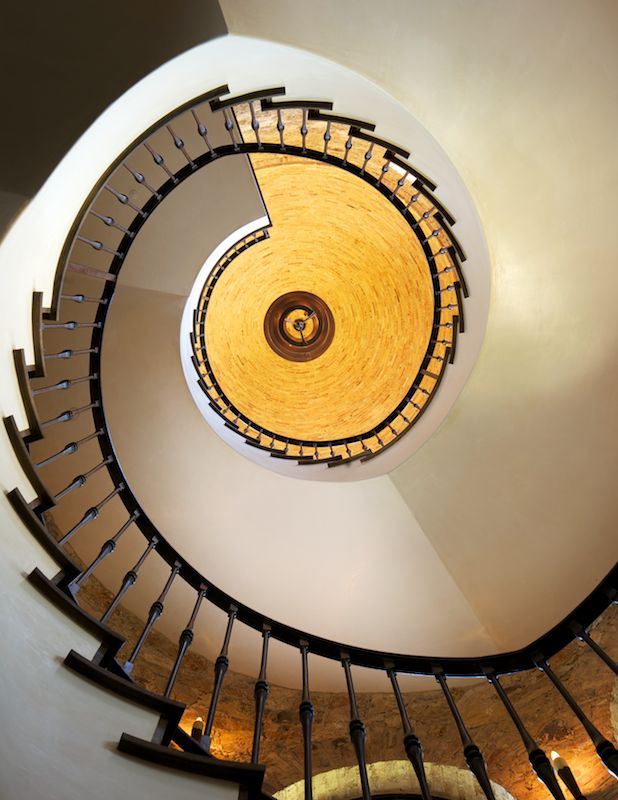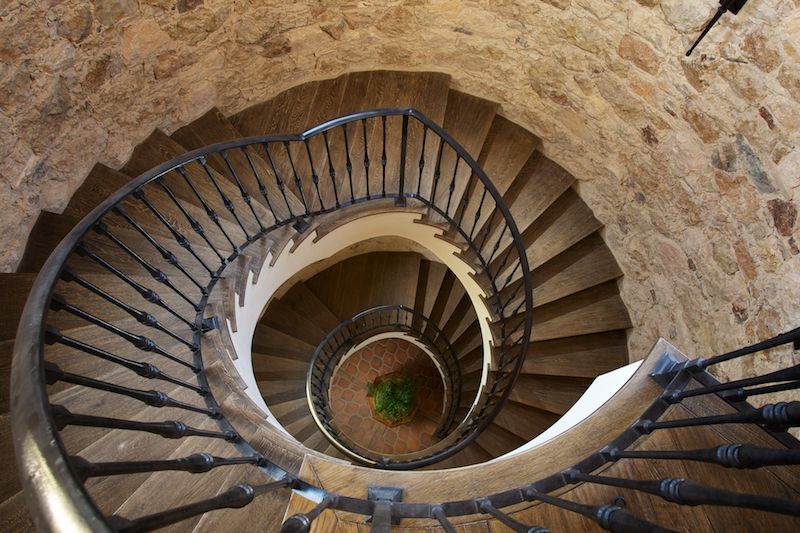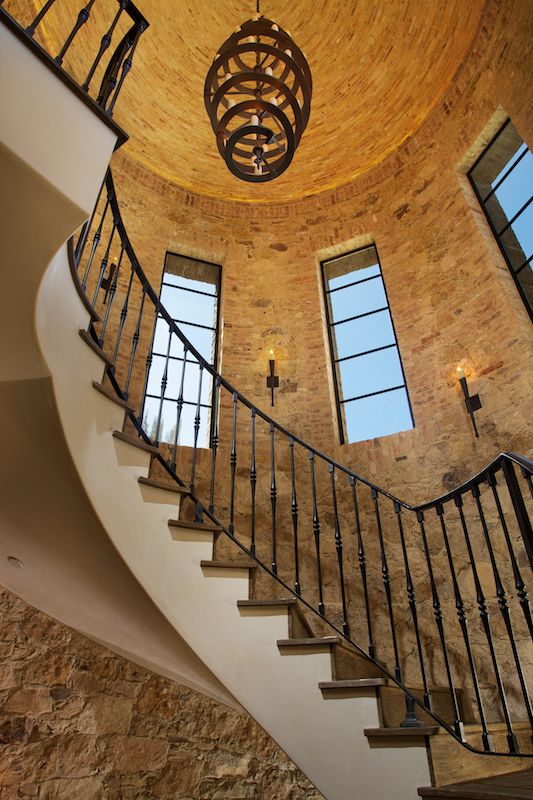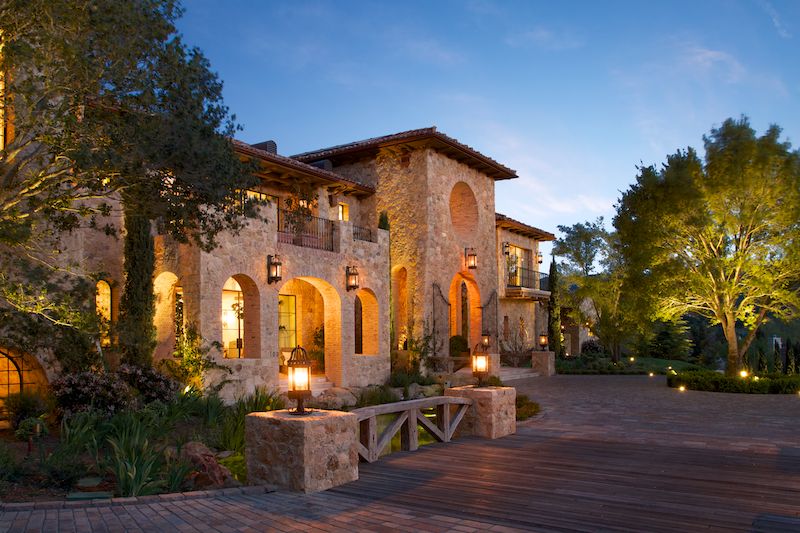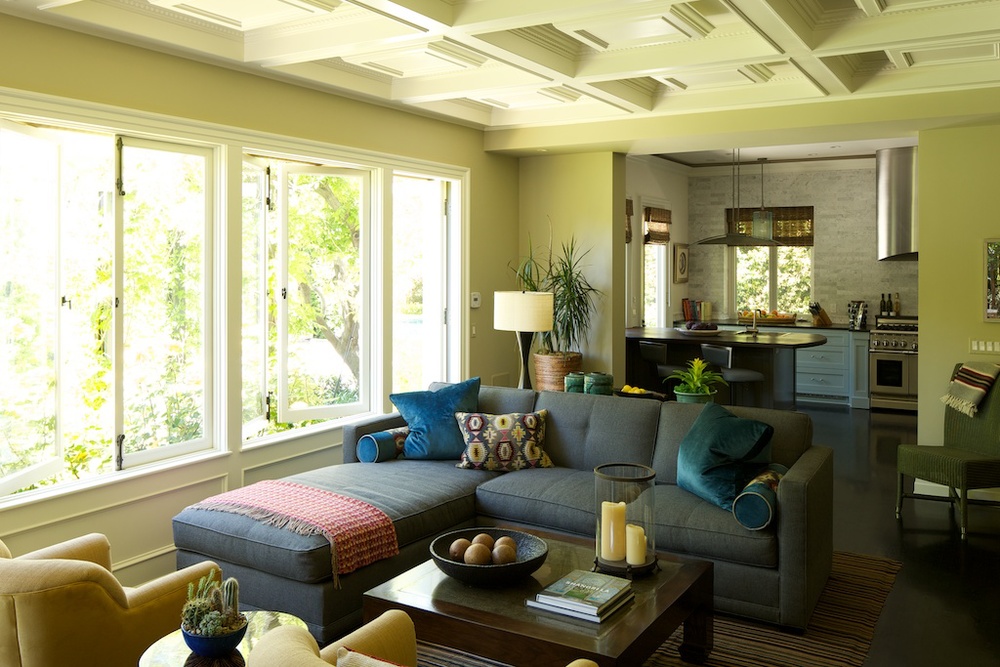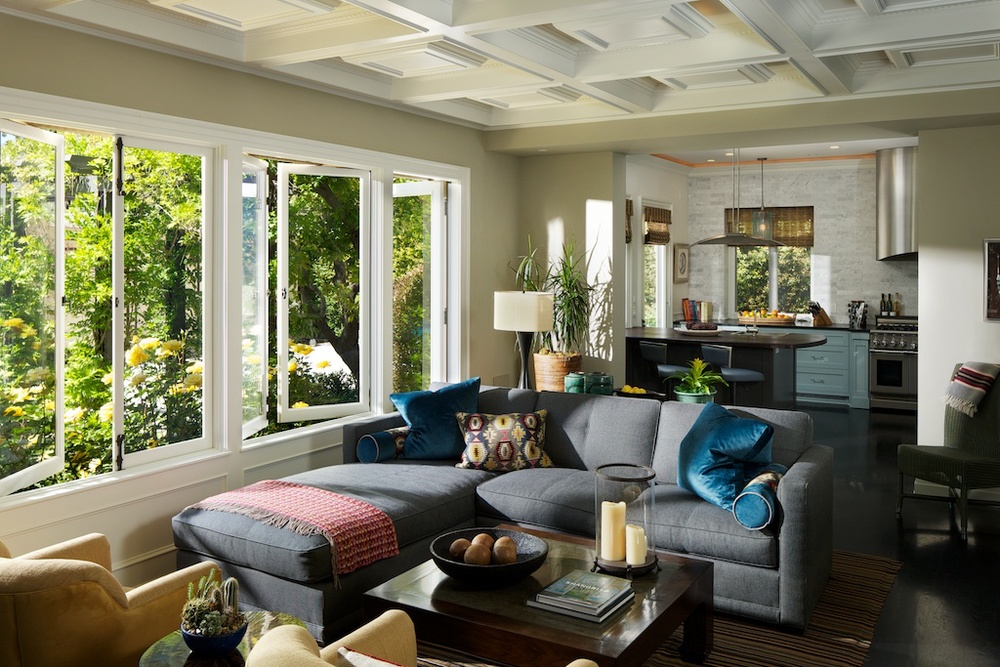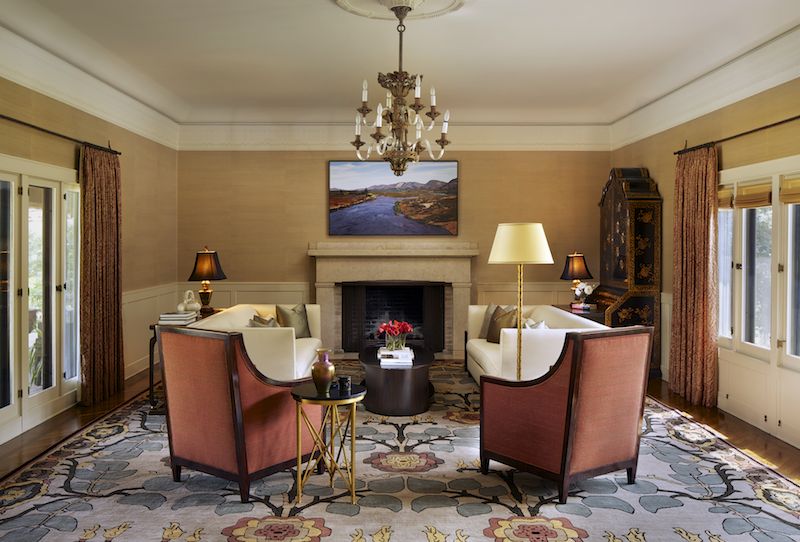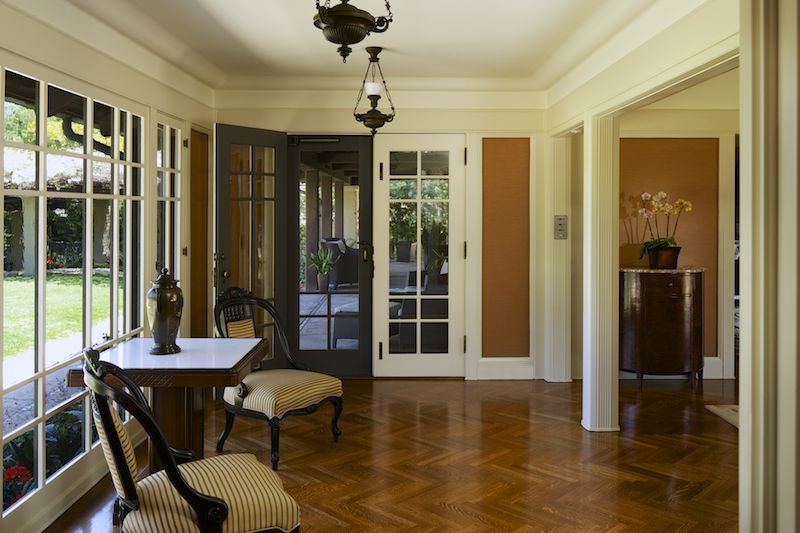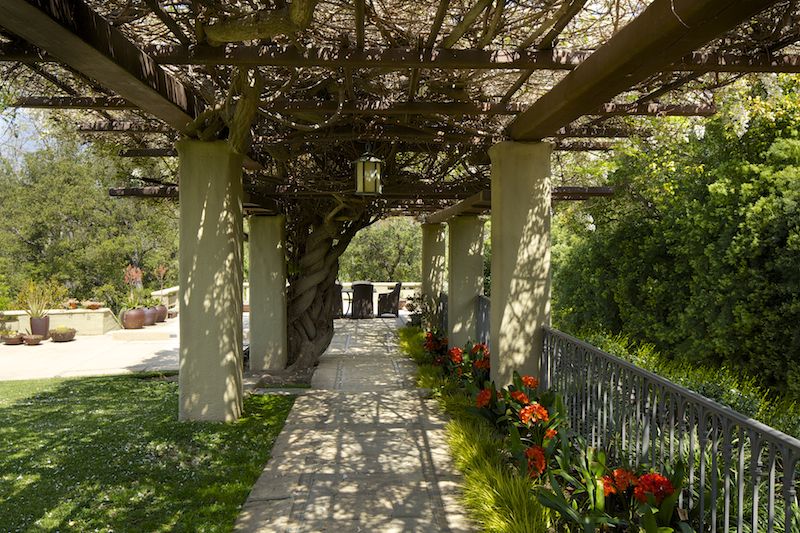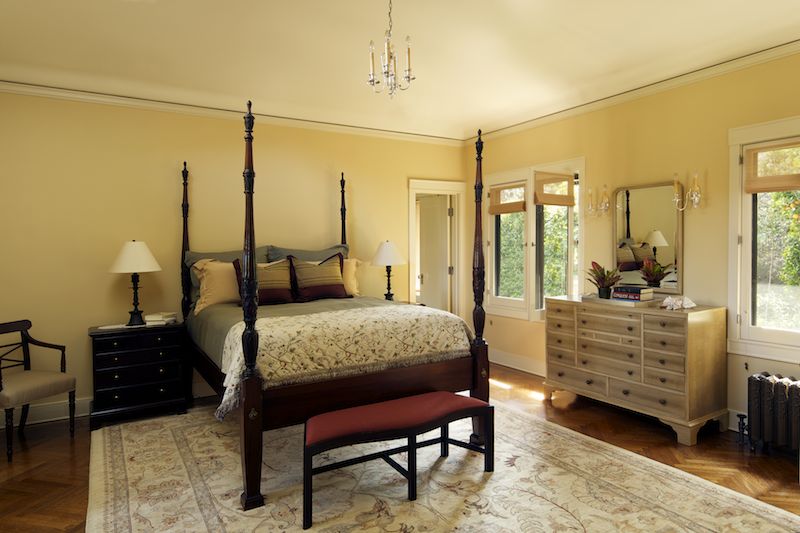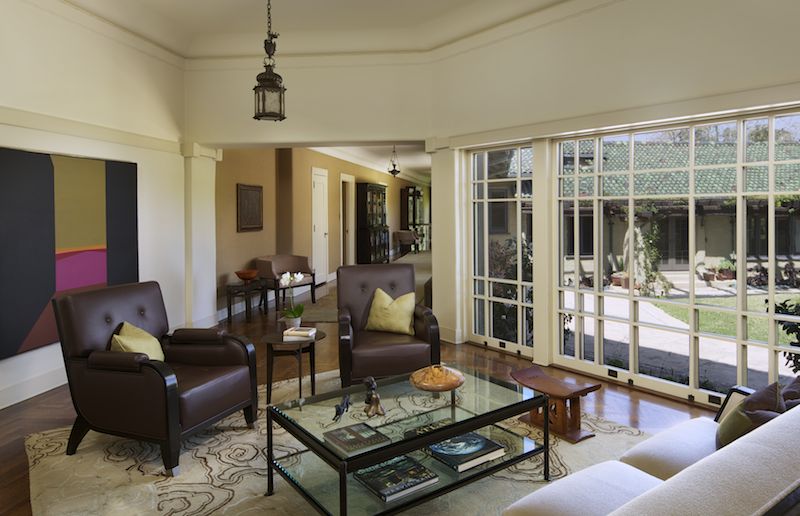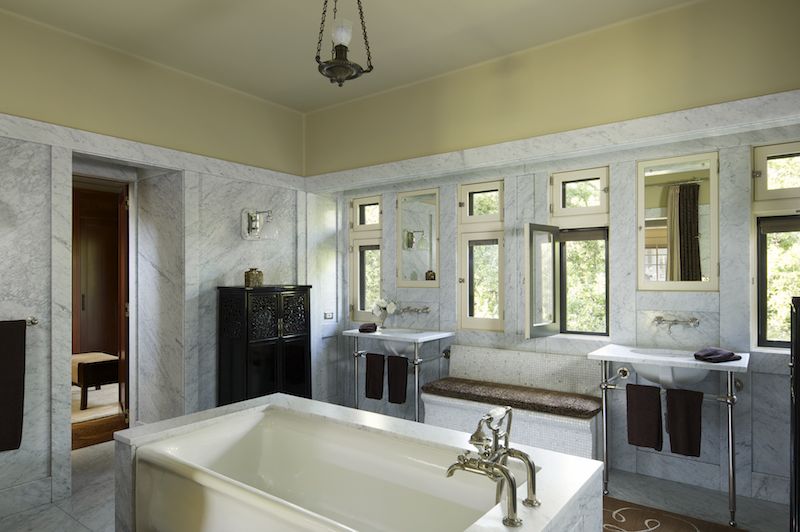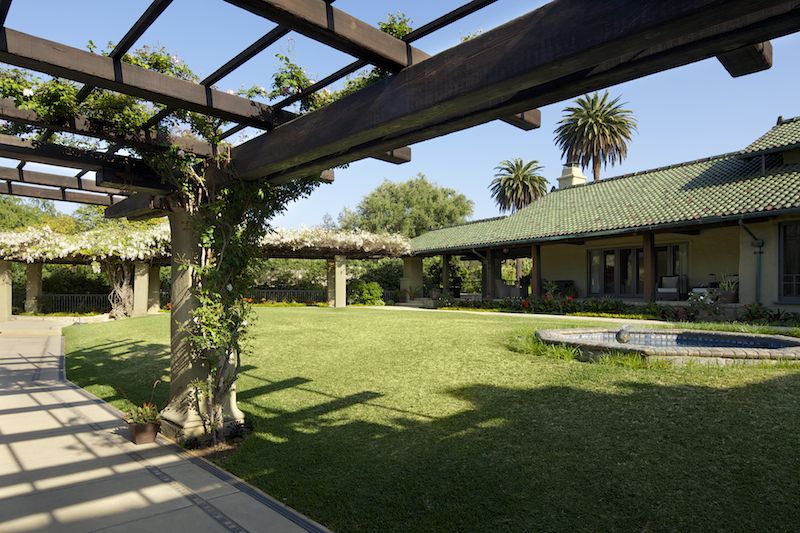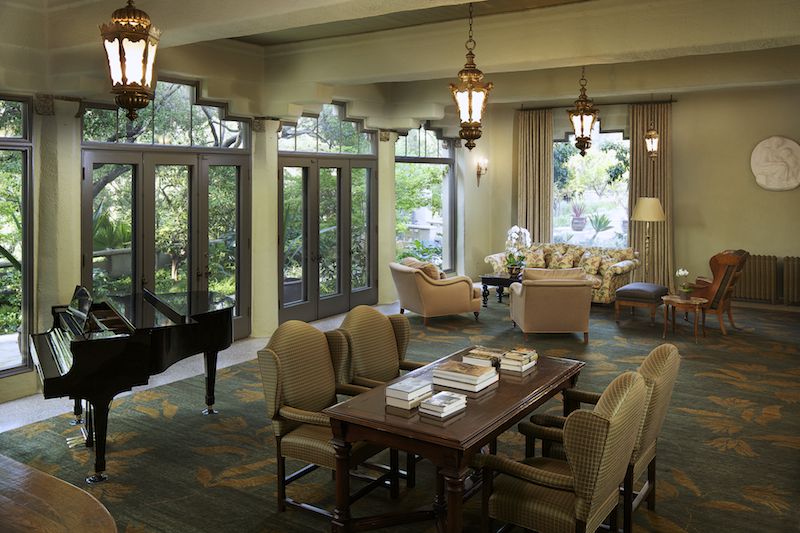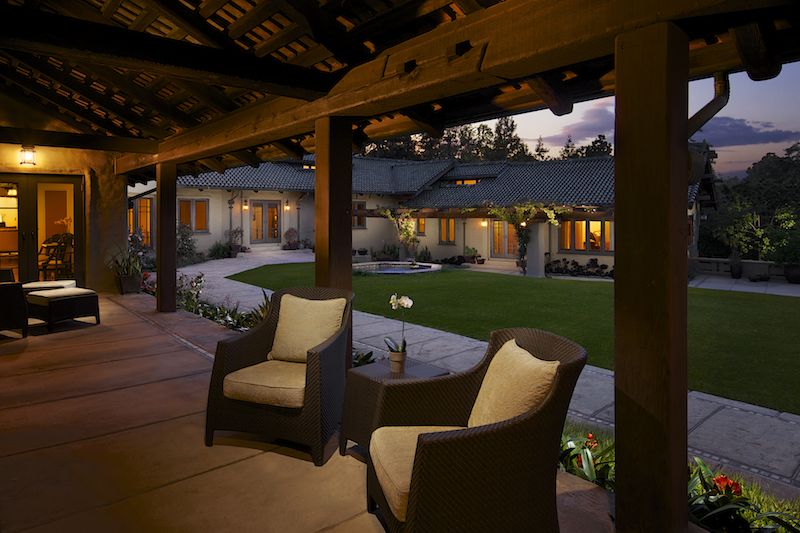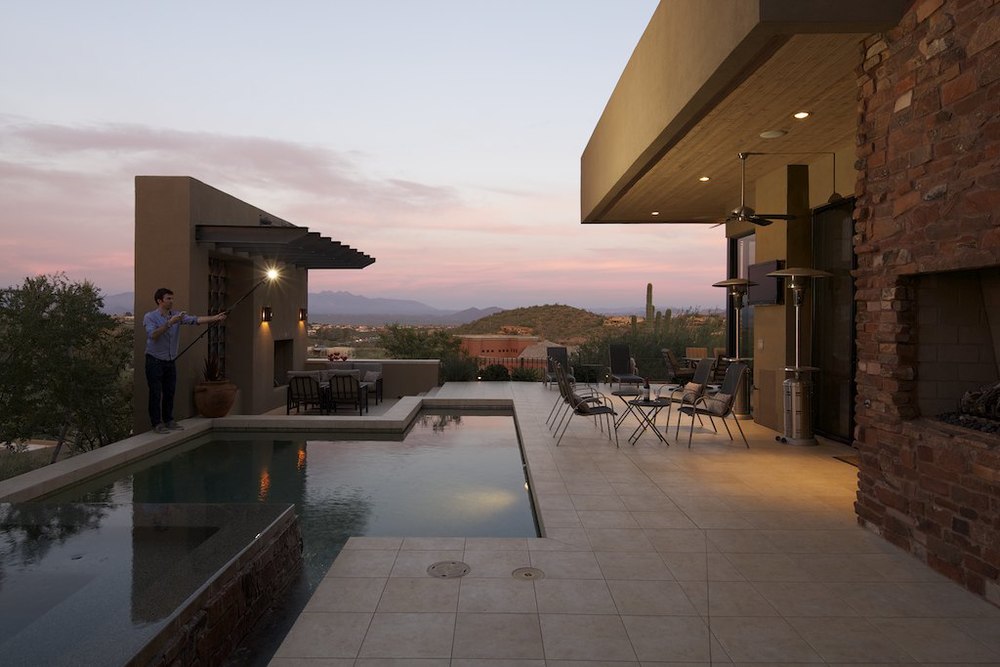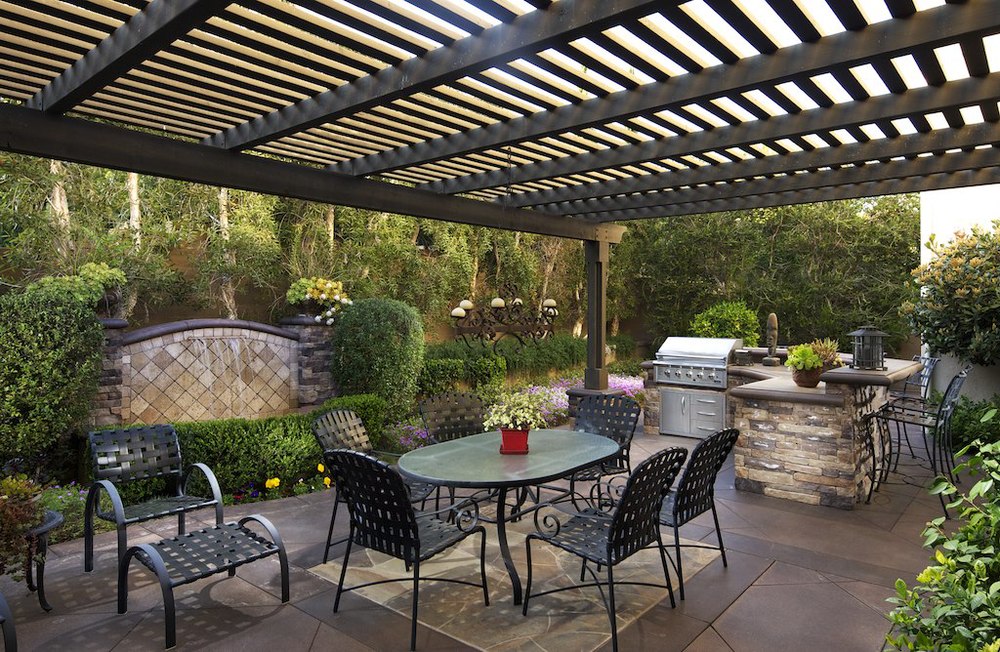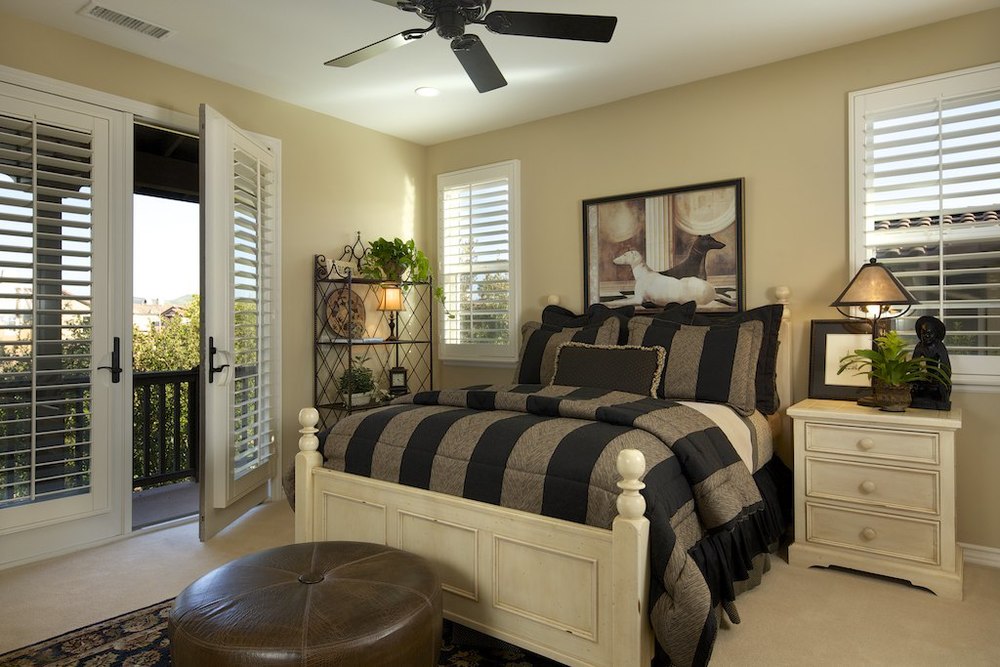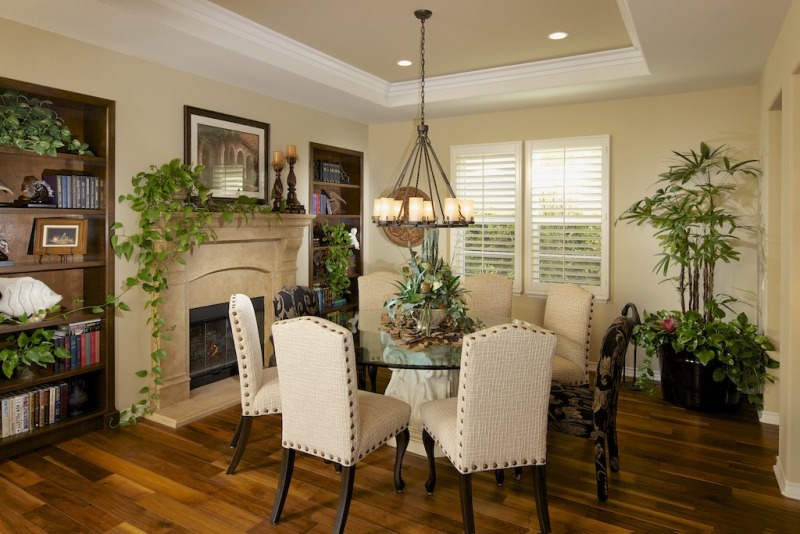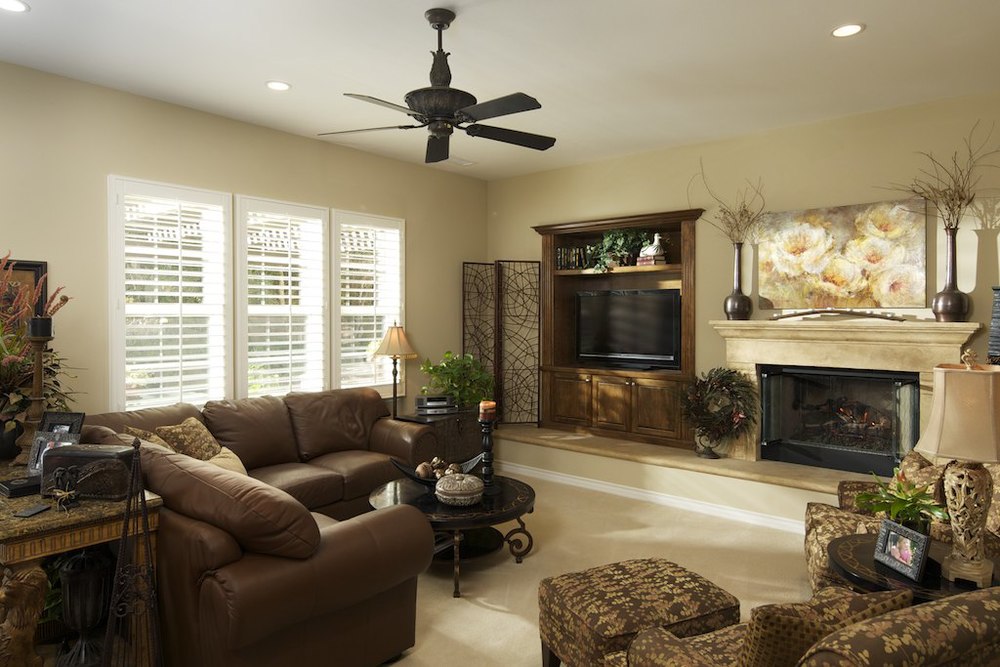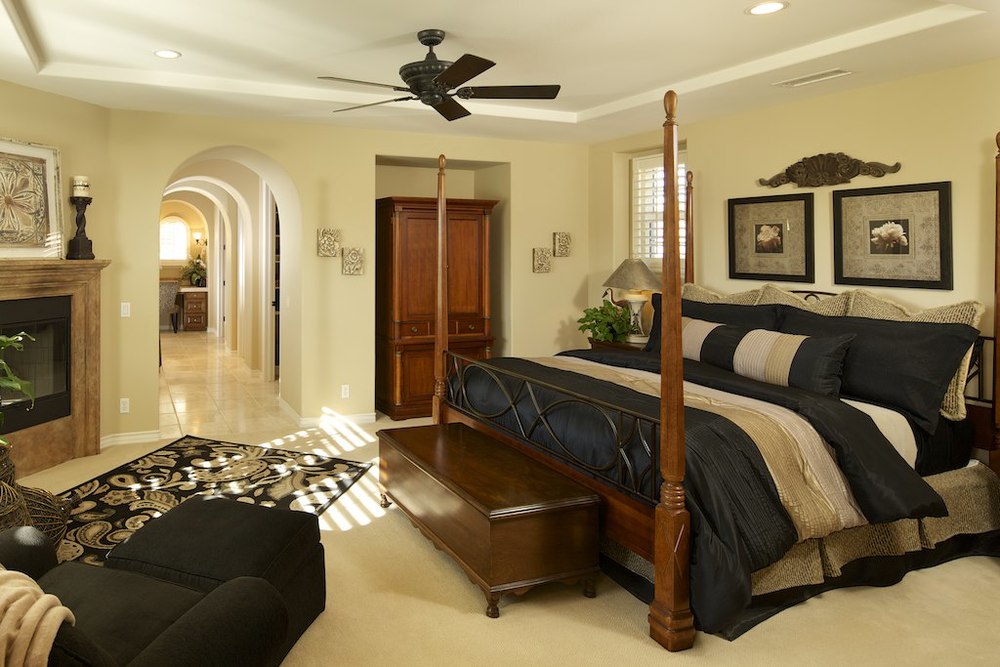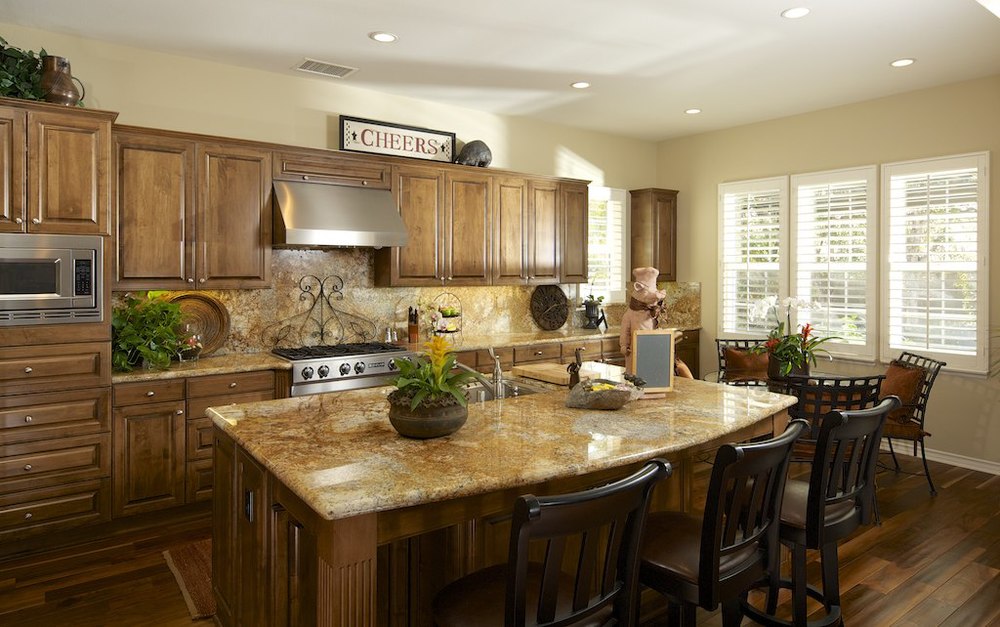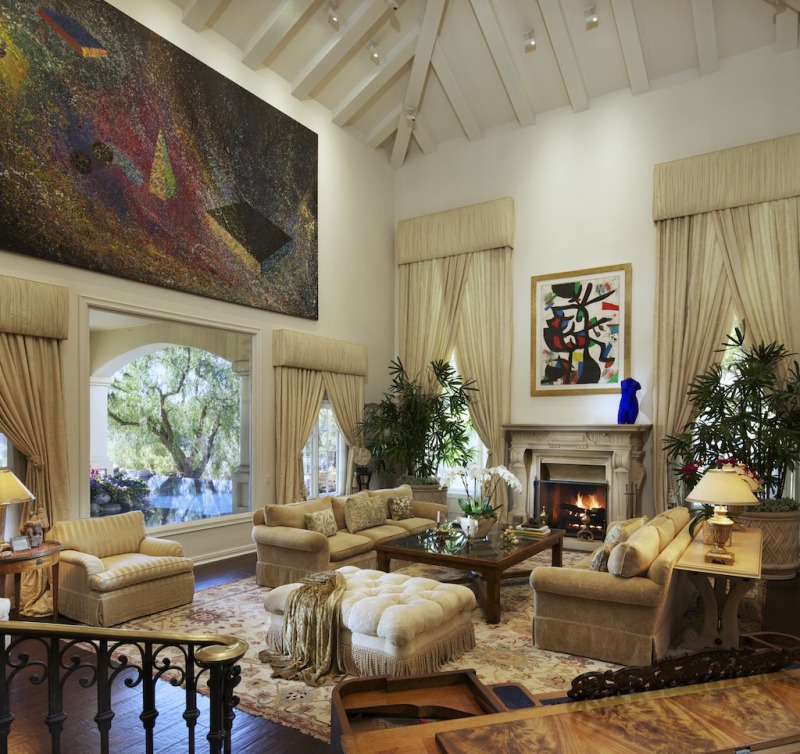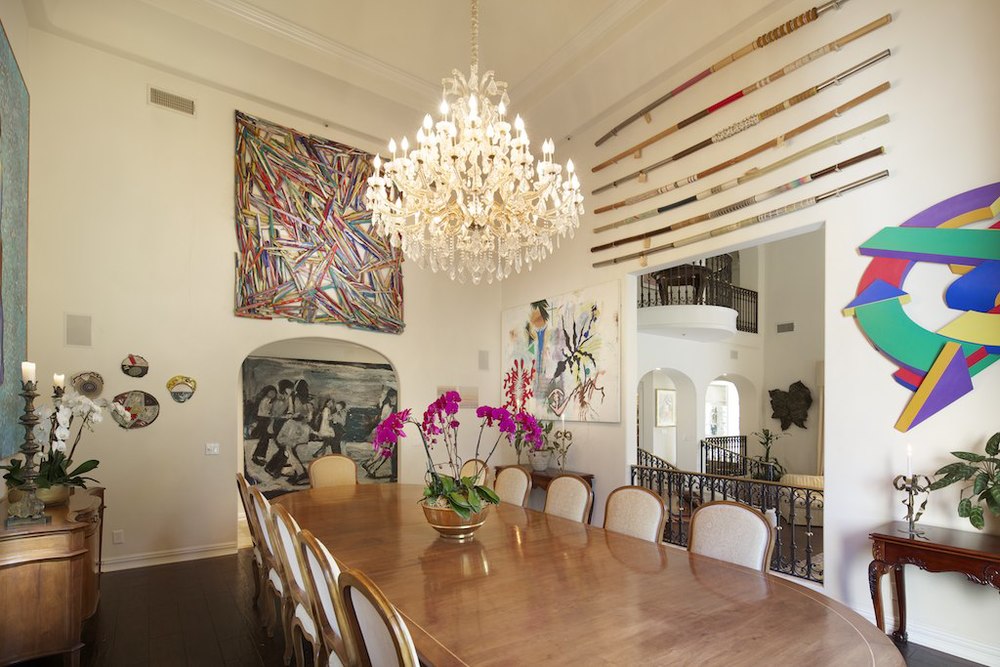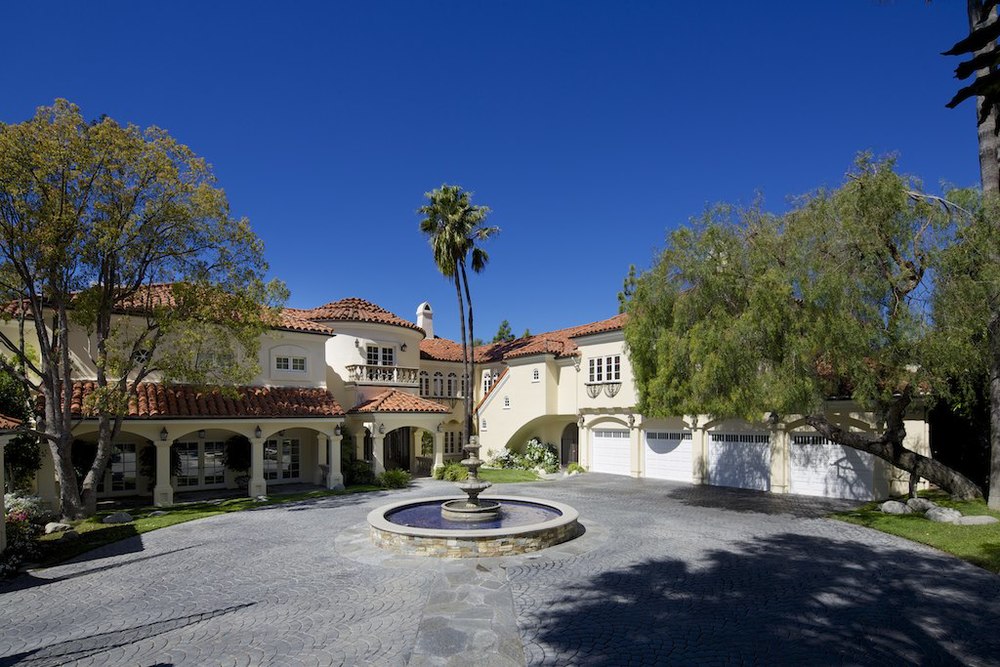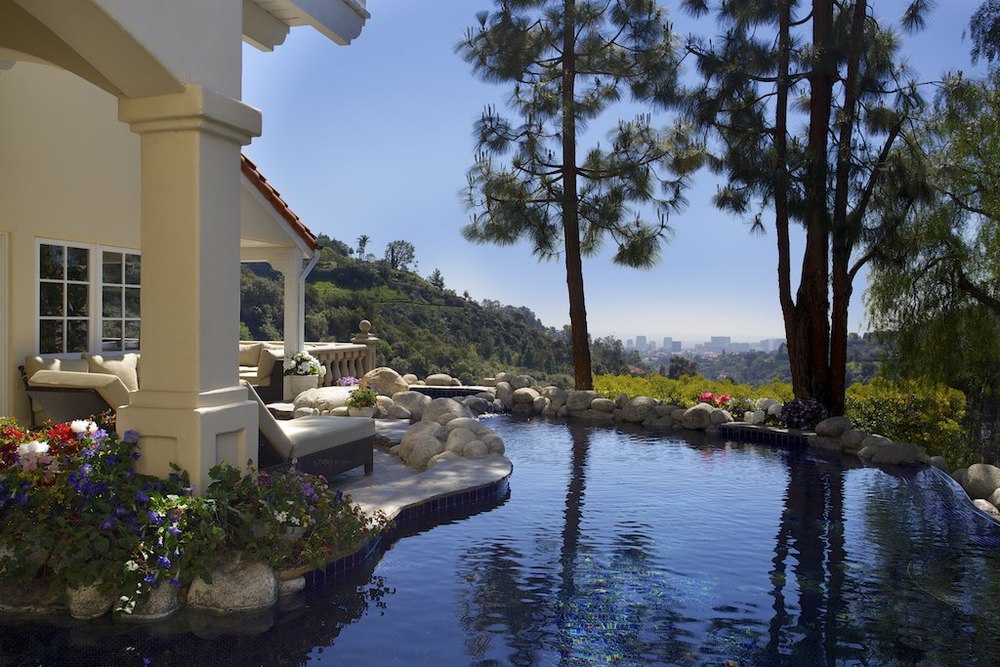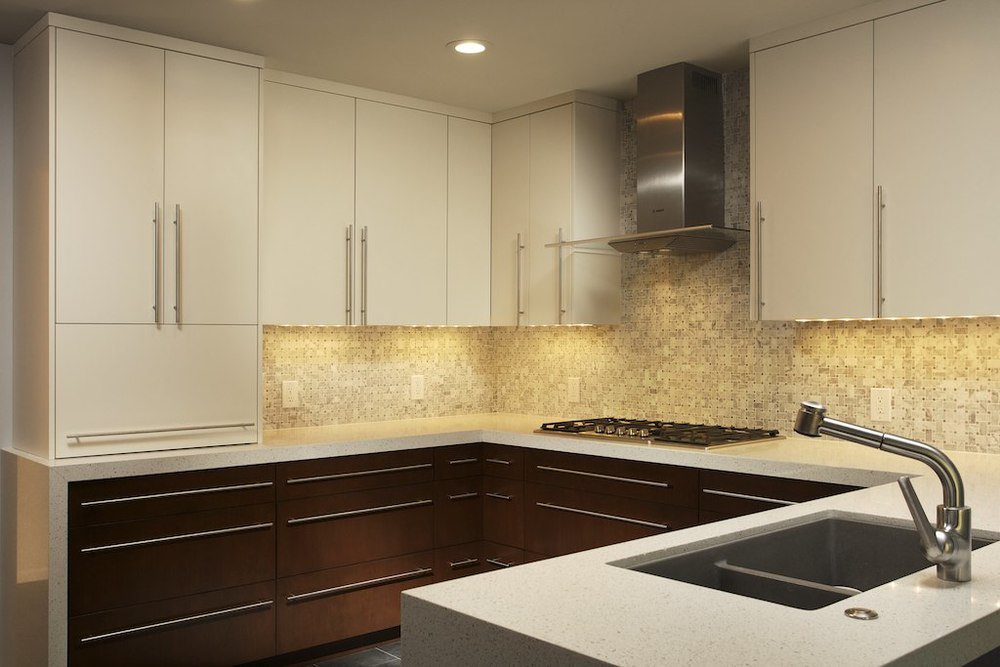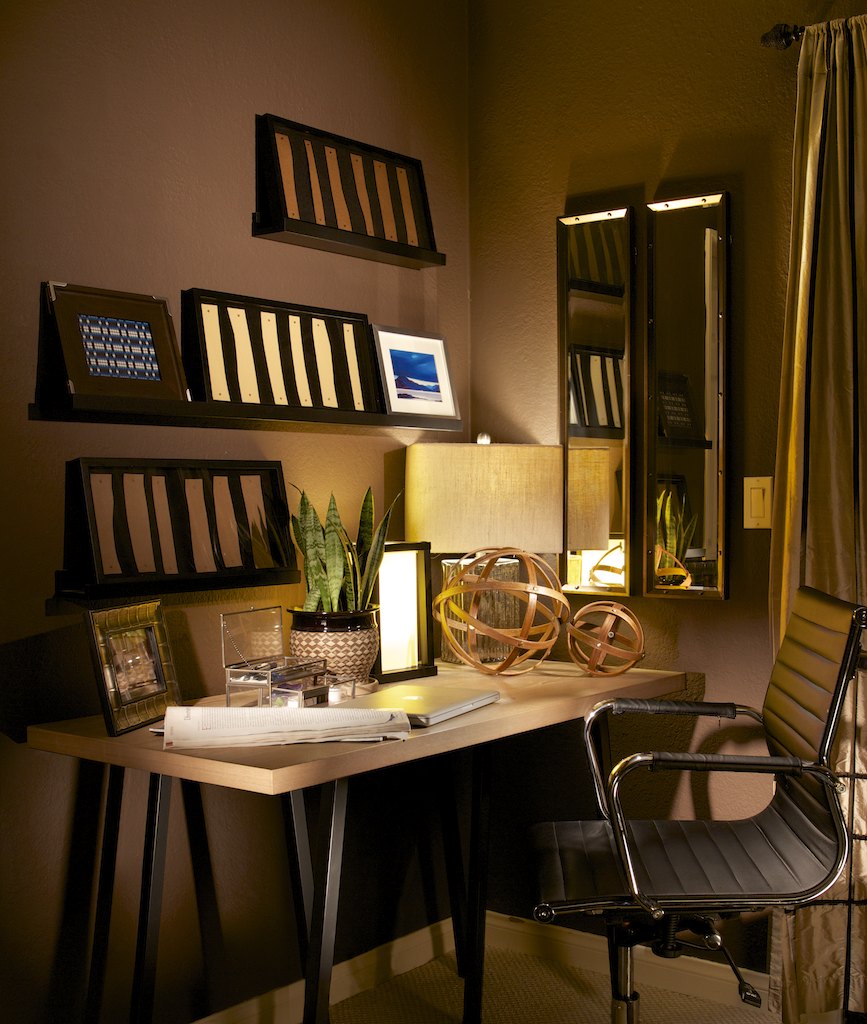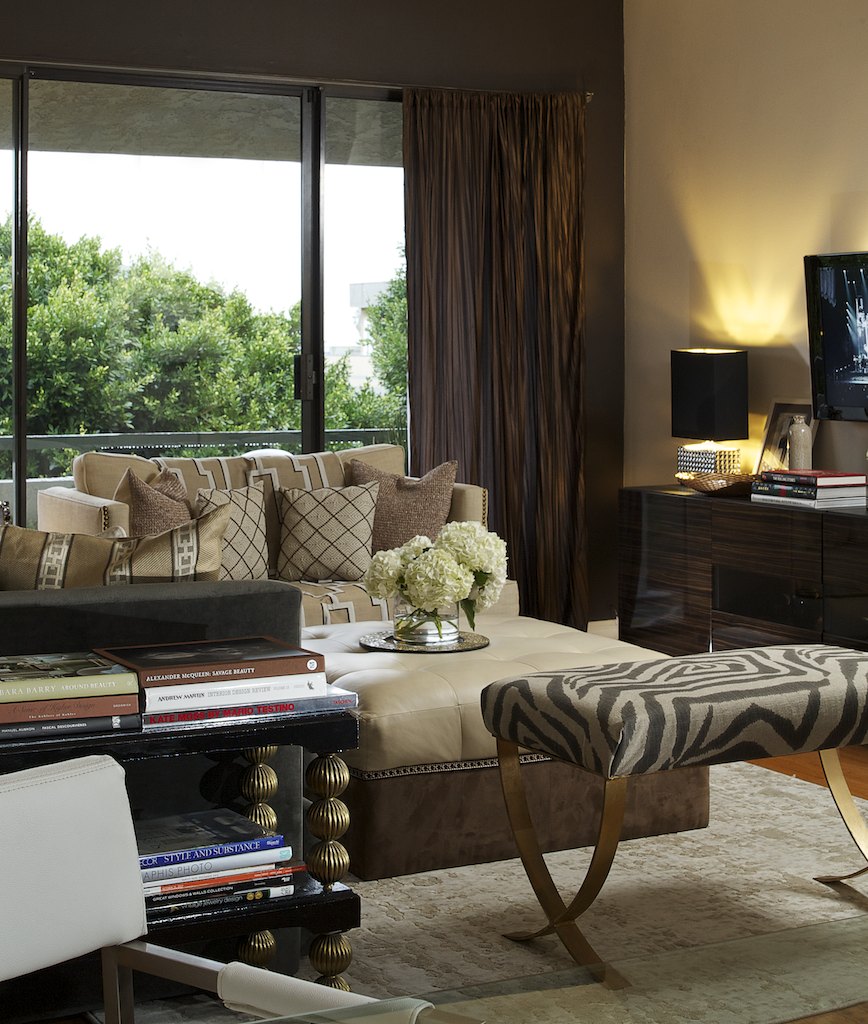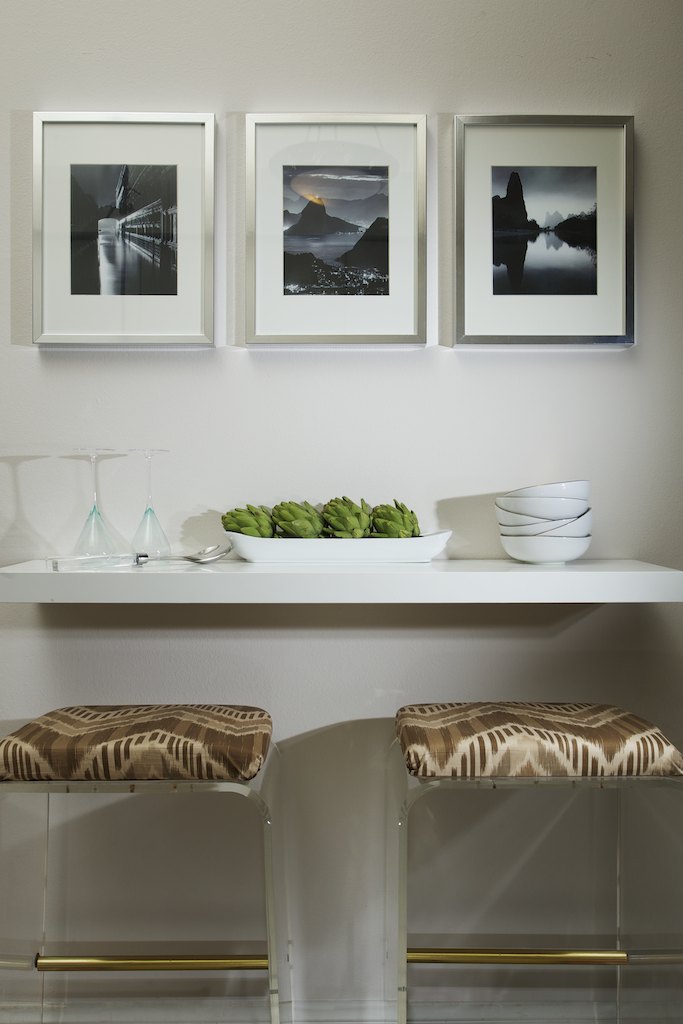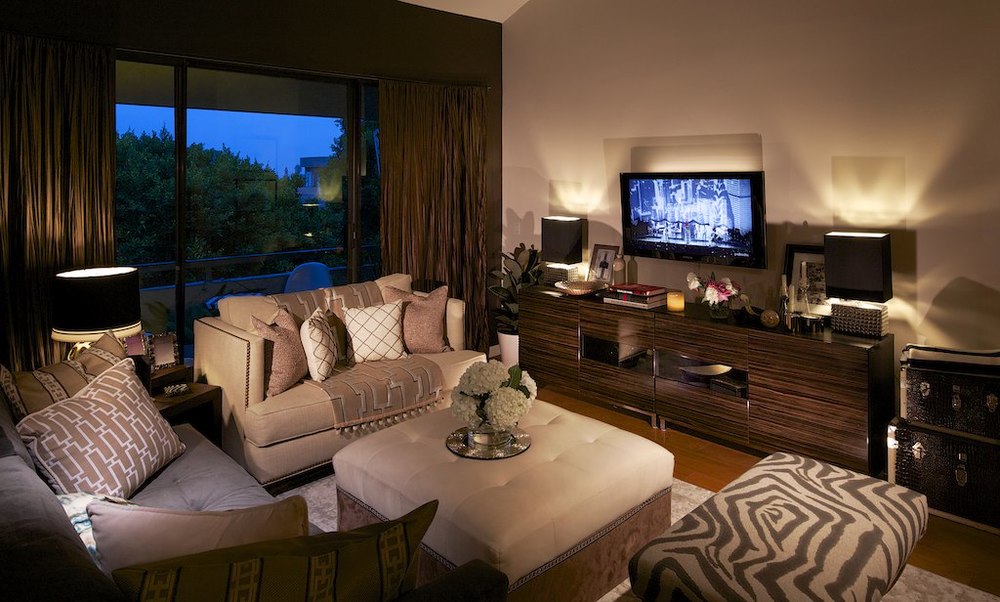Over the past few months, I've been scheming with Lee Morris and Patrick Hall of fstoppers.com to bring our combined talents together and produce a DVD/tutorial series on the subject of architectural photography. So in May and June of this year, I once again left Los Angeles and headed to Charleston, SC to begin production on the largest project I've been involved in to date. Working with local advertising agencies, we set up a series of shoots for varying clients all over the Charleston area and we were lucky enough to get them to allow us to film everything that went on.
This is, for the most part, an entirely comprehensive tutorial. While it would be pretty impossible to teach EVERY single method of architectural photography, we did our best to cover the basics all the way through the more advanced techniques. We've got a chapter on shooting real estate and getting things right in the camera, for those who are just starting out with minimal gear. We've got a chapter shooting a home for one of Charleston's most well-known architects, where we dive into topics such as using natural light, staging a room, using scrims and subtractive lighting, light painting, and photoshop techniques to bring it all together. We've got a chapter dealing with commercial photography for restaurant interiors, as well as creating moody light painted scenes and controlling light from multiple sources to ensure that you can create a repeatable result in pretty much any situation that could ever arise. We got to shoot at some of Charleston's (and the country's) best restaurants - such as Husk, which has been voted the best new restaurant in America and has featured on many TV segments in the past few years. Very, very exciting stuff!
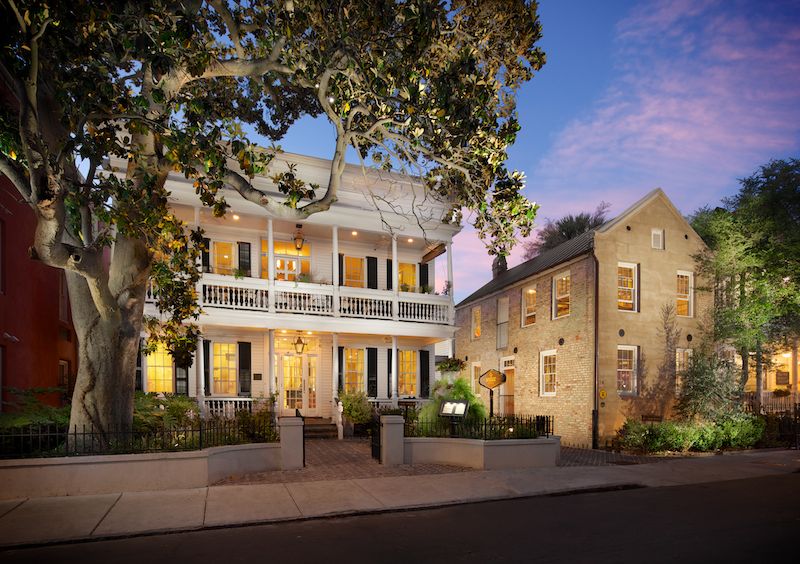
Each image in the tutorial was designed to teach a technique, so keep that in mind while viewing. We wanted to show you a myriad of options for creating your own awesome architectural images, so we really pulled out all the stops and went to down wherever possible. Even if we didn't need to do it for a certain image, we included the technique anyway, just to give you as many options as possible for soliving problems that you'll face on any given architectural or interior shoot.
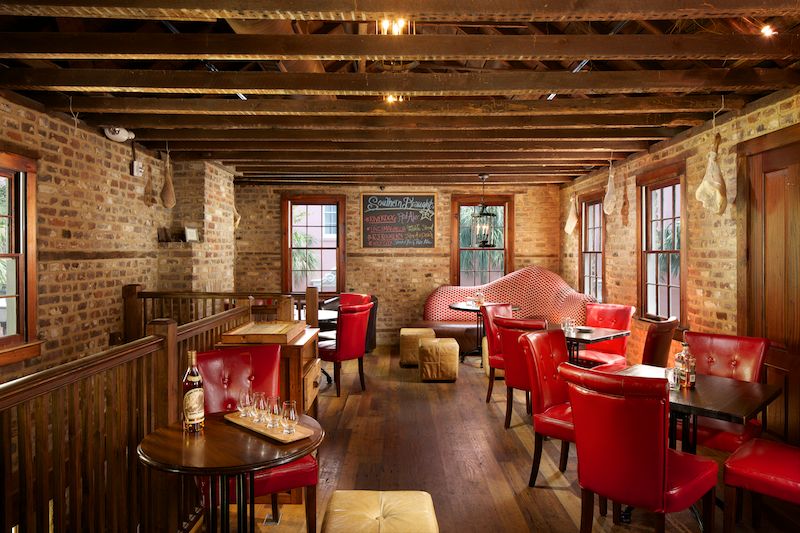
And here's the most exciting part of all of this. We've decided to release one of the shots - a dusk light painted exterior - with the DVD. That means you'll get the PSD files and you'll be able to follow right along as I edit the file in the tutorial. You'll be able to create an image exactly as I am, folllowing my every move - learning my techniques exactly in the method that I use them. No stone will be left unturned, as I wanted this to be an entirely comprehensive tutorial.
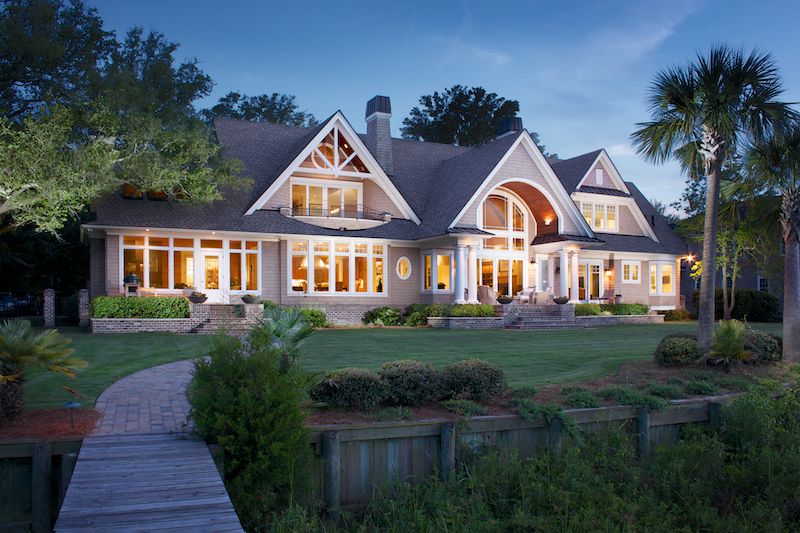
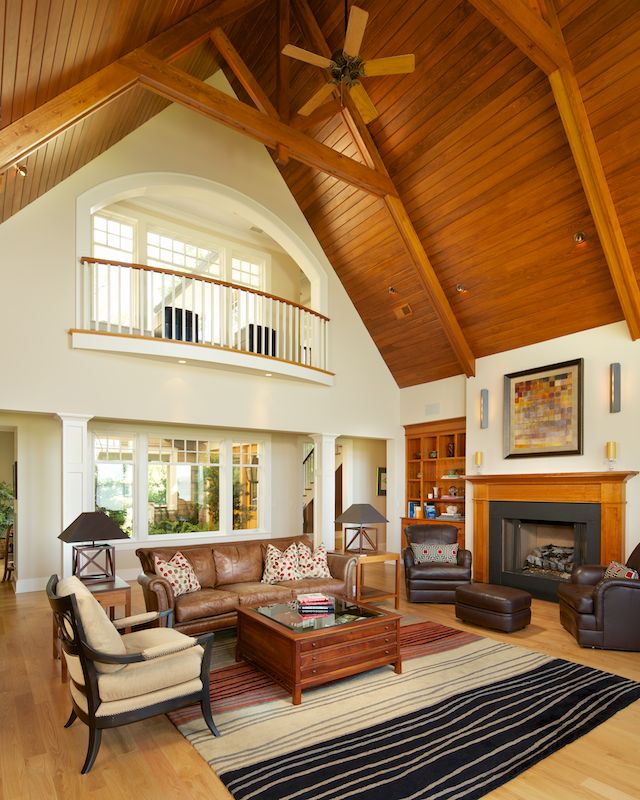
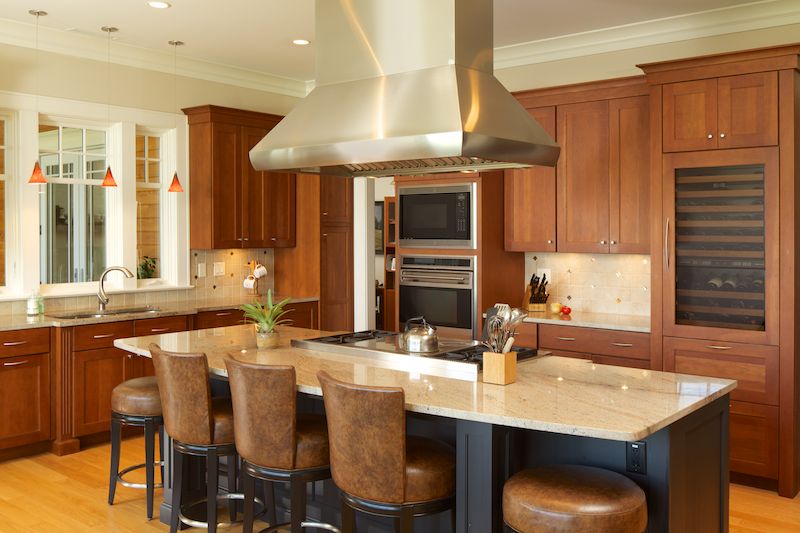
Above, I've included a few of the images that we're going to walk you through step-by-step. All told, we shot over 20 images and it looks like at least fifteen of them are going to make it into the final cut. Each of them teaches a different technique - from light painting, to dealing with tricky color casts, to adding artificial light through windows, fixing pesky window views and ensuring that you can see whatever you want to see out a window, balancing light at different times of day, and so on and so forth. I'm really, really excited about this project, and I can't wait to see it released.
As of right now, we're planning for a fall 2013 release; definitely before the new year. Keep your eyes peeled for more details, which I'll release as we get closer to completion. We've also got a number of promotional videos in the works that I'll post and share, as well!
More to come...looking forward to it all!

